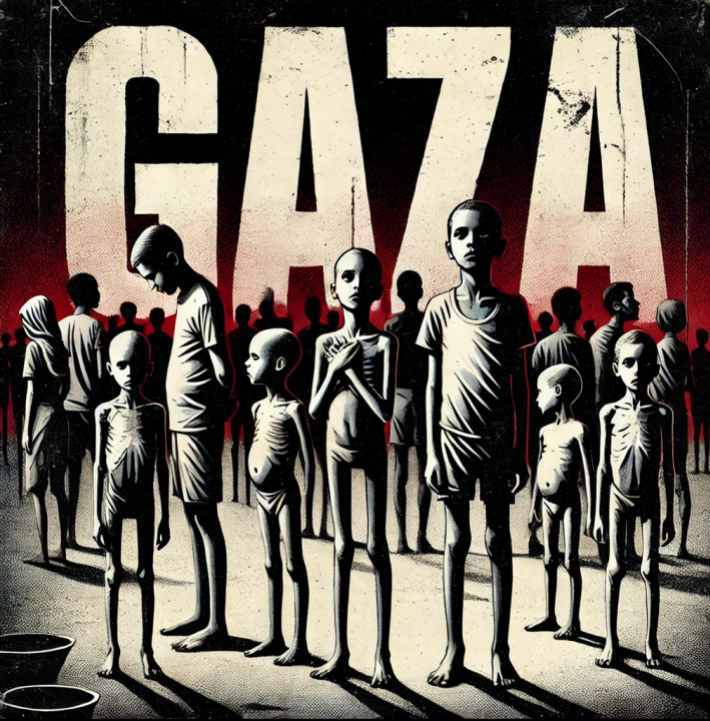Gaza is not just a war zone — it is a place where hunger has become a silent weapon. With over 2.2 million residents trapped in worsening conditions, the Gaza Strip now faces a catastrophic level of food insecurity. According to the Integrated Food Security Phase Classification (IPC), 100% of Gaza’s population is now in IPC Phase 3 or higher, meaning every single person lacks access to enough food.
More than 470,000 people — nearly one in five — are suffering from catastrophic hunger (IPC Phase 5). These are not statistics. These are human beings — children, mothers, families — slowly starving.
The most vulnerable are always hit first:
71,000 children under the age of five need urgent treatment for acute malnutrition.
17,000 pregnant or breastfeeding mothers require immediate nutritional therapy.
Since March 2025, at least 80 children have died from hunger.
Recent reports from Al-Shifa Medical Complex reveal that 21 children died in the last 72 hours alone, victims of starvation and malnutrition.
Tragically, hunger has not only killed indirectly — over 1,000 civilians have been shot dead while attempting to reach aid trucks. Many others, including children and the elderly, have been injured or trampled at chaotic food distribution sites.
Meanwhile, the price of basic food items has skyrocketed beyond reach. A single 25kg bag of flour has soared to over $500, and daily prepared meals have dropped from 840,000 to less than 260,000 — a 70% collapse in humanitarian feeding capacity.
The world cannot wait. This is not just a famine in the making — it’s already a lethal emergency.
Every minute of silence means another life lost.






